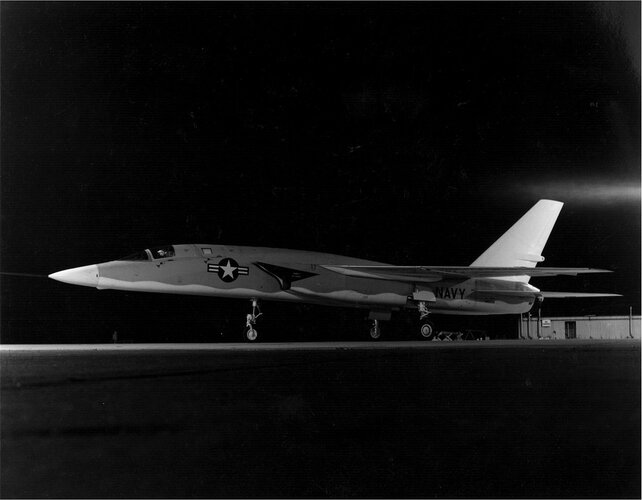Rule of cool
ACCESS: Top Secret
- Joined
- 16 January 2024
- Messages
- 1,597
- Reaction score
- 2,063
A comment in another thread abut how Australia should have transferred RAN A4s to the RAAF instead of selling them to New Zealand reminded me of a bunch of other Australian decisions.
- Meteor for Korean War service when we were building Nene-Vampires.
- Authorising 30 F104s in early 57, cancelling it to buy 40 Avon-Sabres.
- Mirage III vs F104G in 1960-61 is pretty straight forward.
- RA5C for 1966 vs F111C for 1969.
- Buy or return leased F4Es in 1973.
- Replace Mirages in 70s or keep until the 80s.
- Keep RAN A4s in 1981 or sell to NZ.
- F/A18A Hornet selection in 1981 is pretty straight forward.

